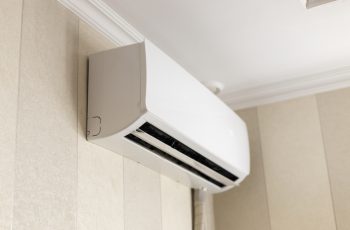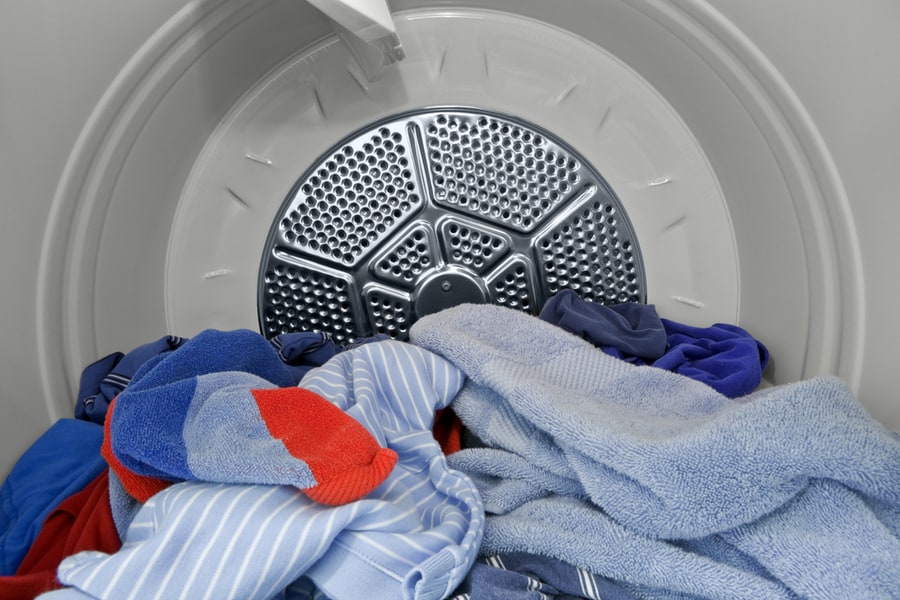
Are you looking for a faster way to dry your clothes? Then it would be best if you considered buying a tumble dryer. The dryers can come in handy when drying clothes, even on a rainy day.
Like any other electrical appliance, it is essential to use tumble dryers properly. However, using the wrong setting or not conducting regular maintenance on the drying unit might lead to expensive repairs.
Likewise, improper use can also damage your clothes and lead to energy wastage.
This article is a complete guide on tumble dryers. We will look at helpful information on how the dryer works, how to use it effectively, and its various features.
A tumble dryer uses its drum to spin and tumble clothes while also heating them to dry them faster. Clothes that are meant for tumble drying have a square with a circle inside on the care label.
If you want to tumble dry your laundry, you need to dry dripping-wet clothes and then sort them out depending on their drying category.
Afterward, input the drying settings for your fabric and once you are done drying, clean out the dryer.
Stick around and learn more about effectively using your new tumble dryer. Our easy-to-follow tips will help you confidently navigate the unit when drying your laundry.
What Is a Tumble Dryer?
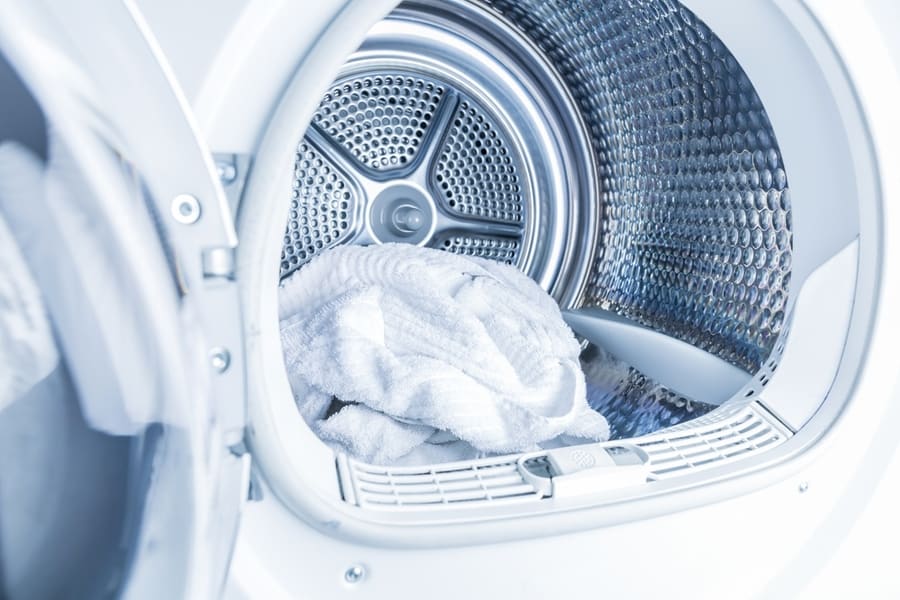
In many ways, tumble dryers work like microwave machines for your clothes. For many people, using a tumble dryer is a convenient way to dry garments while keeping your clothes warm.
Unlike air drying, tumble dryers use the tumble action to dry clothes in their drum. When clothes are put into the drum, the dryer barrel starts spinning and tumbling the clothes while using heat to remove any remaining moisture after doing laundry.
Tumble dryer units come with various settings to dry different laundry fabrics.
If you have trouble identifying what clothes can be thrown into the dryer, continue reading to learn more.
How To Know if Clothes Can Be Tumble Dried
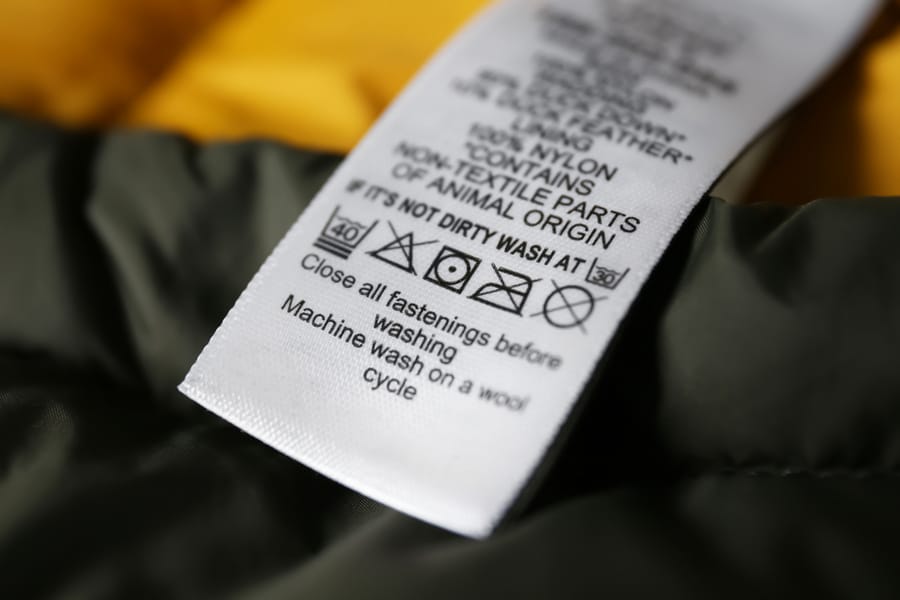
Not all fabrics are supposed to be tumble-dried! Unfortunately, most people throw all their laundry load piles into the dryer overnight without a second thought.
However, some fabrics are more sensitive, and putting them into the unit or using the wrong drying setting might cause holes, tearing, and heat damage.
So, how do you know if your clothes are the right match for a tumble dryer? Most clothes have a care label that indicates how they should be washed and dried.
Furthermore, the label also shows the settings or temperature ideal for drying.
If your fabric is okay for tumble drying, you will notice a square with a circle inside. However, garments that are not tumble-dried will have the same symbol but with a cross through the circle’s center.
For clothes that are not tumble-dried, the best option is to dry them outside on a washing line.
How To Use a Tumble Dryer
Tumble drying your clothes is a straightforward process. Here are a few steps to follow when drying your fabric:
Overloading the dryer can lead to severe damage to the appliance. Therefore, you must check your unit’s weight limit before adding the laundry load for drying.
The weight limit can be found on the user manual, or consult customer support for your specific model.
1. Dry the Clothes
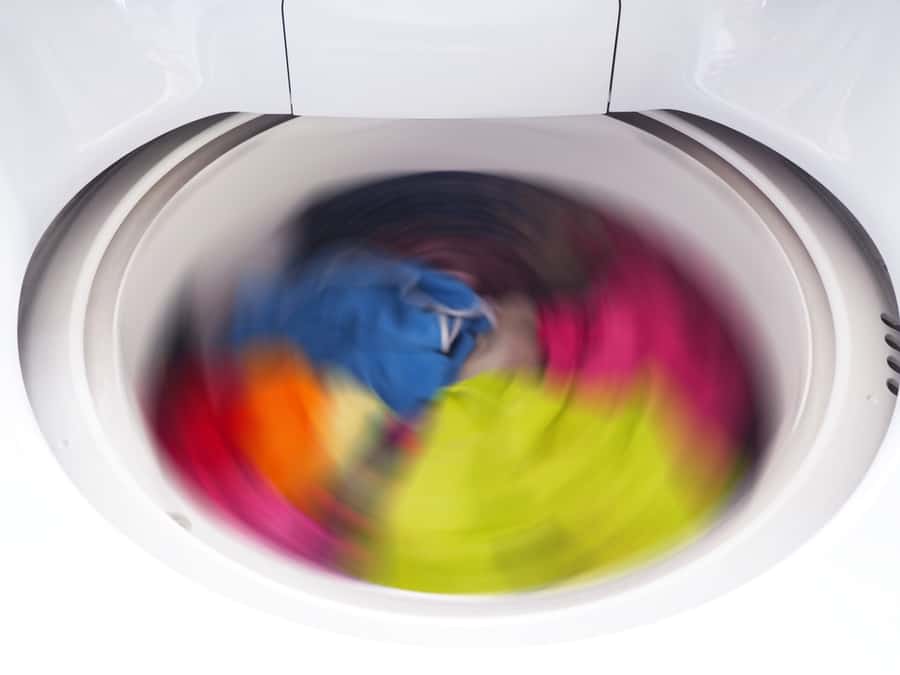
Before putting them into the tumble dry, you must ensure the clothes are dry. This is because the dripping wet fabric takes longer to dry, affecting the dryer’s energy efficiency.
In addition, wet clothes also weigh more, limiting the amount of laundry you can feed into the dryer without overloading it.
If you use a washing machine to do laundry, you should leave them in for a few extra spins to remove any excess water. You can also hang the clothes on washing lines to drip off excess water before feeding them into the tumbling unit.
2. Load Clothes in the dryer

It might seem obvious but preparing your clothes before tumble drying is essential to prevent damaging them. As previously discussed, various fabrics have different drying conditions.
You need to sort the clothes into piles with similar tumble dryer settings. Use the care labels to check the settings and temperature suitable for them.
After sorting the clothes, you can safely load each pile into the unit and get ready for drying.
3. Input Desired Settings

The next step is setting the desired settings and time for the clothes.
Older tumble driers only have a single setting. However, newer models have various settings to cater to different fabrics. Remember to ensure that the drying temperature on your care label matches the tumble dryer settings.
If you are unsure about which setting is suitable for your garments, you can always check online for help.
In addition, you also need to set the time you want the clothes to spin and dry. Finally, before removing the clothes, check that they are dry.
You can let them tumble for a few more minutes if they are still damp.
Entangled clothes need to be untangled before they stretch or tear. You can safely stop the dryer mid-cycle and detangle the clothes if necessary.
4. Clean Out the Dryer
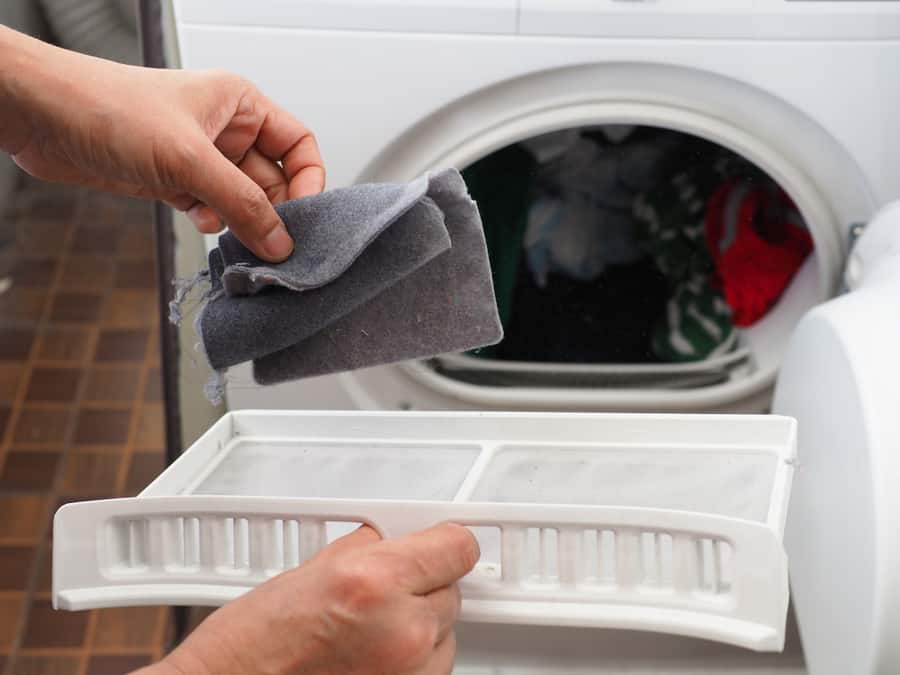
The last thing you need to do is clean the dryer. As clothes are spun and dried, lint accumulates in the lint filter.
Cleaning out lint after every cycle helps ensure better machine efficiency and safety.
When the filter gets blocked, it takes longer to dry clothes, which increases the chances of overheating, leading to damage.
Common Tumble Dryer Settings
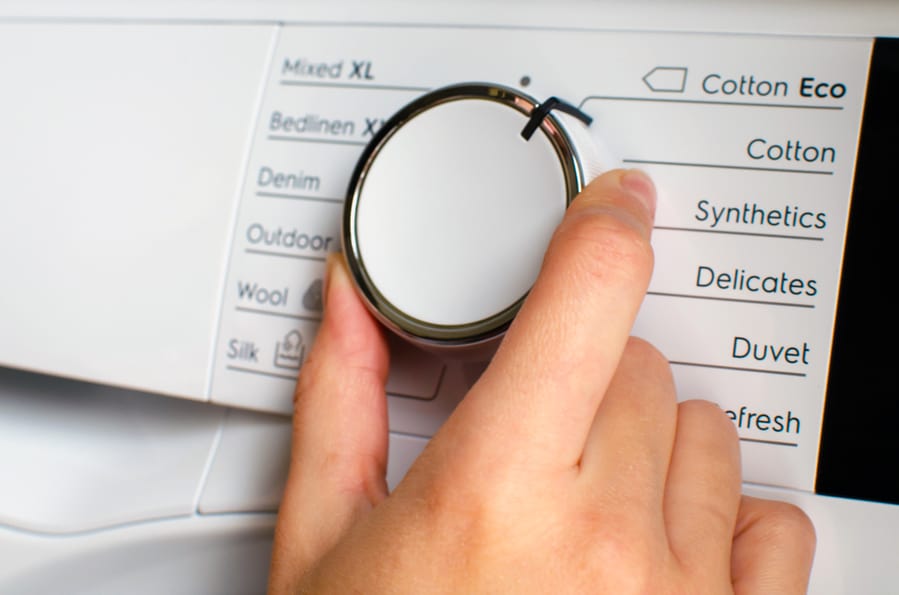
Are you ready to start drying your laundry? Well, there is still a little more that you need to know about your unit. Let us look at the most common settings that you will find on most tumble dryers.
Tumble Dry High
This is the highest heat setting on the dryer. The tumble-dry high setting is ideal for heavy or thick fabrics that need a lot of heat and time to dry. These garments include sweaters, jackets, towels, robes, or jeans.
However, you should avoid drying delicate clothes using this setting. High temperatures can lead to the fabrics shrinking.
Tumble Dry Low
The other standard setting on the dryer is the tumble dry low. The setting uses low heat to dry fabrics prone to shrinking, melting, or heat-related damage. Cotton, polyester, linen, and wool are ideal for this setting.
Likewise, tumble dry low is also perfect in case you do not know what kind of settings your clothes need for drying.
Tumble Dry No Heat
The last setting you need to know about is the tumble dry, not heat. This setting only allows the dryer’s drum to spin and tumble clothes without adding heat for drying.
Using this setting means that your clothes will take longer to dry. But on the other hand, the setting helps remove dirt and lint from clothes.
Tips on How To Use a Tumble Dryer
Lastly, here are a few more tips that you can use to get the best efficiency out of your tumble dryer:
- Using a dry towel: Placing a dry towel with a laundry load can help soak up excess water and reduce drying time.
- Do not tumble large fabrics with small ones: Drying towels, sheets, or duvets together with smaller clothes like socks might not be as efficient as you think. Small clothes can get tangled as the drum tumbles them, making it harder for them to dry.
- Ventilate the dryer: A well-ventilated laundry room can improve the tumble dryer’s performance. It reduces the chances of overheating and malfunctions in the unit.
Conclusion
A tumble dryer uses its drum to spin and tumble clothes for them to dry. In addition, the unit also generates heat to remove any moisture from the garments.
Before using the dryer, you need to ensure that the clothes are not dripping wet and sort them based on the type of settings required for the drying.
After drying the clothes, you must clean the lint filter to prevent the unit from overheating.
Frequently Asked Questions
Should You Tumble-Dry Delicate Fabrics?
High temperatures can lead to delicate clothes shrinking or getting damaged. If you are thinking of tumble drying, you should use low heat or no heat at all.
Can I Tumble Dry Clothes Labeled “Do Not Tumble Dry”?
No! You should not tumble dry any fabrics that are not supposed to be dried. Even if you use the no-heat setting, the clothes could get stretched, which could cause them to tear or wear out.






